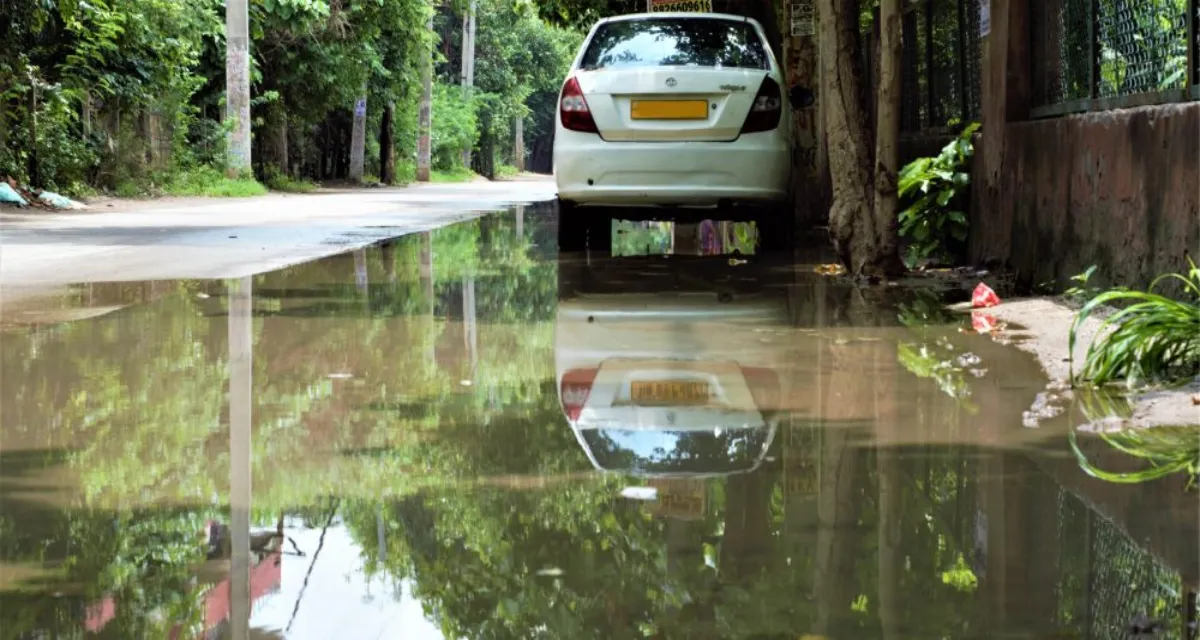

Flooding and water damage can cause serious harm to your vehicle, particularly in areas prone to floods or during heavy monsoon seasons. Here are some ways to safeguard your car and maintain it after potential exposure to floods.
1.Steer Clear of Flooded Roads: Use gear and keep your engine revs up to stop water from seeping into the exhaust.
Check the Road Conditions: Opt for the areas of the road when driving to lower the chances of getting submerged. Park on
Higher Ground: During storms, park in spots to minimize water exposure. Make
Sure Windows Are Closed: Ensure all windows and doors are securely shut. If flooding seems imminent, disconnect the car battery to prevent electrical problems.
Be Cautious with Stalling: If your car stalls, resist the urge to restart it right away as this could lead to hydrolock. Instead, arrange for it to be towed.
1.Allow the car to completely dry out. Make sure the interior and engine are thoroughly dried before attempting to start the vehicle again.
Dry the brakes after exposure to water. Gently apply the brakes while driving to help dry the brake discs.
Vacuum up water in the cabin. Use a wet/dry vacuum to remove any water from the car's interior to prevent mold growth.
Change essential fluids. Replace engine oil, transmission fluid and brake fluid to avoid water contamination.
Replace air filters. Ensure that the air filter is dried or replace it altogether to prevent engine damage.
By following these precautions and maintenance tips you can protect your vehicle from significant flood damage and keep it running smoothly.
Also Read: